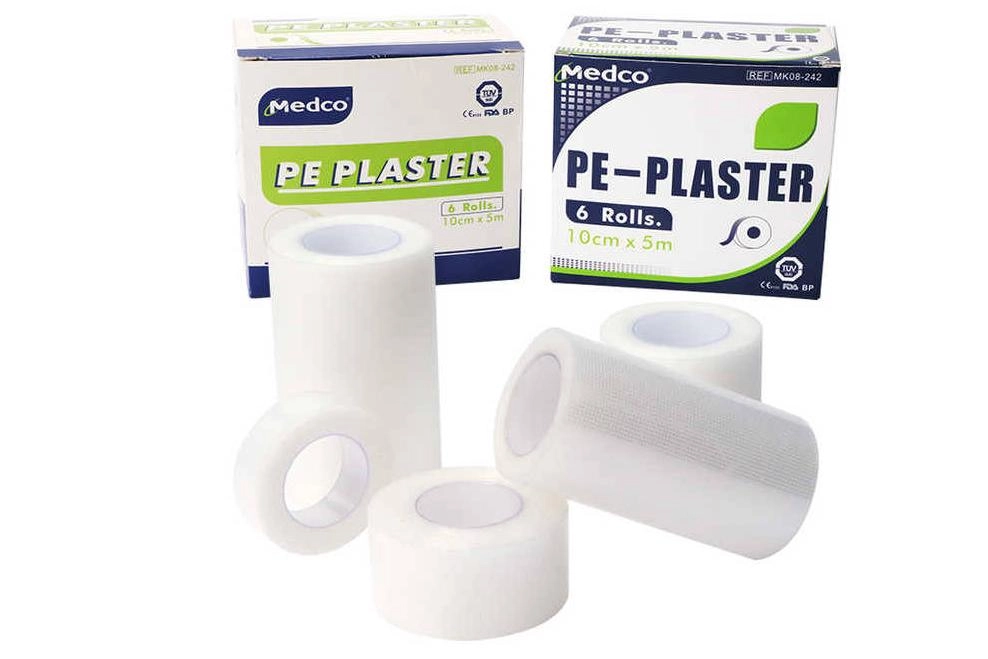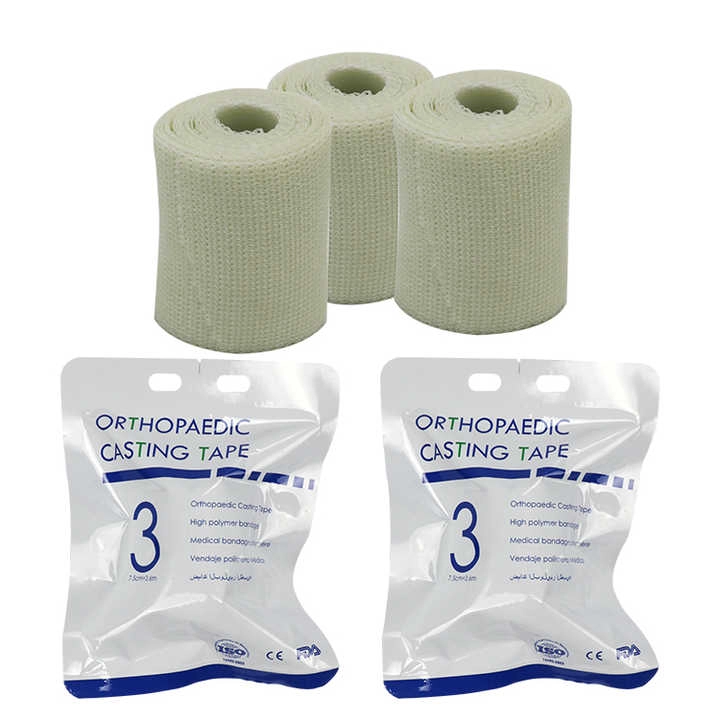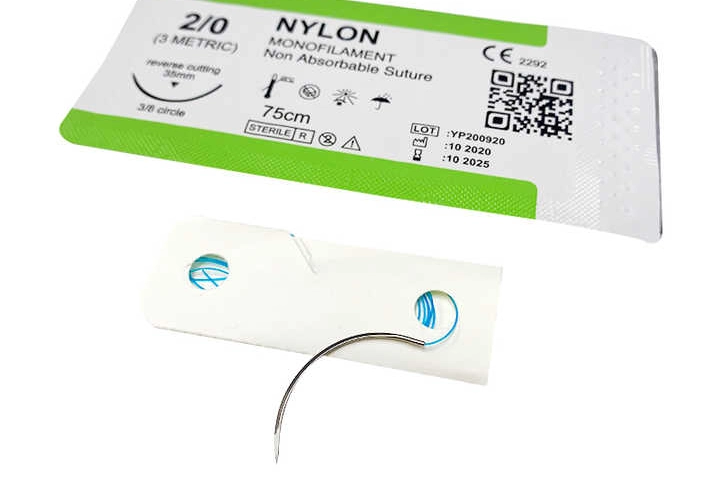
Bandage Market Overview for 2025
What’s Driving the Bandage Market
Several big factors are shaping the bandage market in 2025. Medical tech is getting better. People are learning more about proper wound care. Plus, chronic diseases like diabetes are on the rise. The world’s population keeps growing, and folks are living longer. This means more people need good wound care products. But there’s a catch. Recent studies have flagged a problem. Many popular US bandage brands have high levels of toxic PFAS “forever chemicals.” These stick around in the environment and build up in our bodies. Tests found 26 out of 40 bandage products loaded with these chemicals, especially in the sticky parts and absorbent pads. People are now pushing for stricter rules and safer ways to make bandages.
Growth and Demand Outlook
The bandage market worldwide is on track for steady growth by 2025. More money is going into healthcare. Medical facilities and services are becoming easier to access. Developing countries are building up their healthcare systems, which boosts demand. New products, like bandages with antimicrobial features or hydrogel, are catching on because they help wounds heal faster. Still, safety worries might make people lean toward eco-friendly, chemical-free options. That could change what they buy.
How Regions Stack Up
North America’s at the top of the bandage market. Its healthcare system is advanced, and it quickly adopts new medical products. Europe’s not far behind. Tough rules on medical devices and growing wound care awareness keep it strong. Meanwhile, Asia-Pacific is a rising star. With a huge population, better healthcare systems, and more people earning good money, it’s got a lot of potential.
What’s Happening with Bandage Prices
What Affects Bandage Costs
Raw Materials and Supply
The price of stuff like cotton, polyester, or non-woven fabrics sets bandage prices. If supplies get tight because of weather or supply chain hiccups, prices can jump.
Making and Shipping Costs
Making bandages costs money for workers, energy, and tech. Smarter production can cut those costs. Shipping’s another factor. Companies have to deal with transport issues to get products out on time.
How Innovation Impacts Prices
Fancy Features, Higher Costs
Bandages with cool features, like germ-fighting properties or better adhesives, often cost more. People don’t mind paying extra for products that work better or heal faster.
Tech Saving Money
New tech helps companies make bandages more efficiently. It cuts down on waste and lowers costs. For instance, machines that work automatically can be more precise and save on labor.
Who’s Winning in the Bandage Industry
What the Leaders Are Doing
These companies are all about new ideas and greener practices. They team up with others for big projects. Some are even looking into plant-based materials to replace the synthetic stuff with harmful chemicals like PFAS.
New Players Shaking Things Up
New companies bring fresh vibes. But it’s tough to compete with the big dogs and their huge networks. Still, startups making eco-friendly or chemical-free bandages could stir things up. They’re appealing to people who want safer products.
By keeping up with these trends and fixing safety issues, companies can grab new opportunities in the bandage market. They’ve got to focus on keeping people healthy and the planet happy.
Rules and Economics at Play
How Global Trade Affects Prices
World trade rules have a big say in bandage prices. Things like tariffs, import-export limits, and trade deals change the cost of raw materials and finished bandages. For example, a new tariff on cotton or polyester can bump up production costs. Tight rules might slow down shipments. That drives up shipping costs and affects prices. Trade fights between big countries can mess with pricing plans for companies selling worldwide. They have to stay flexible and follow global trade rules. Countries with friendly trade policies often supply materials at lower costs, which helps manufacturers save money.
Meeting Healthcare Rules
Bandage safety and quality depend on healthcare rules. Groups like the FDA in the US and CE in Europe demand tough testing and quality checks. These rules keep people safe but add to production costs. The PFAS chemical issue in US bandages has raised red flags. Tests showed 26 out of 40 products had high levels, especially in adhesive strips and absorbent pads. Regulators are cracking down. Companies are now working on safer options and new ways to make bandages. Following these rules builds trust with buyers. It also gives companies an edge in places with strict standards. Bandages that are eco-friendly or free of harmful chemicals are winning over health-conscious shoppers.
Where Medco Stands in 2025

Top-Notch Quality and Trust
Medco is a solid name in medical supplies. With 18 years under its belt, it sells to over 130 countries. Medco’s bandages and other medical products meet high standards. It’s got CE0123, ISO13485, and FDA approvals. Every item goes through strict quality checks. This makes Medco a go-to brand worldwide.
Smart Pricing and Efficiency
Medco keeps prices fair without cutting corners on quality. It works with top factories in China and uses efficient production methods. High-tech machines and careful resource use help keep costs down. This saves money for Medco and its customers. Medco also offers low minimum order quantities. That’s great for smaller buyers or growing markets looking for affordable, dependable supplies.
Staying Ahead with Rules and Trends
Medco sticks to global healthcare standards. It’s tackling issues like PFAS chemicals by exploring greener options. This fits with the push for sustainable products. By blending new ideas with rule-following, Medco meets today’s needs and gets ready for tomorrow’s. That keeps it strong in the competitive bandage world.
FAQ
Q: What factors are driving bandage price trends in 2025?
A: Prices are influenced by raw material costs (e.g., cotton, polyester), supply chain disruptions, and manufacturing expenses like labor and energy. Innovations, such as antimicrobial or eco-friendly bandages, often carry higher prices due to advanced features. Global trade policies, including tariffs and import-export rules, also impact costs.
Q: How is the bandage market expected to grow in 2025?
A: The global bandage market is projected to see steady growth, with estimates suggesting a compound annual growth rate (CAGR) of 3.1% to 5.6% for adhesive bandages and related products through 2032. Growth is driven by rising healthcare spending, an aging population, and increasing demand for wound care solutions.




